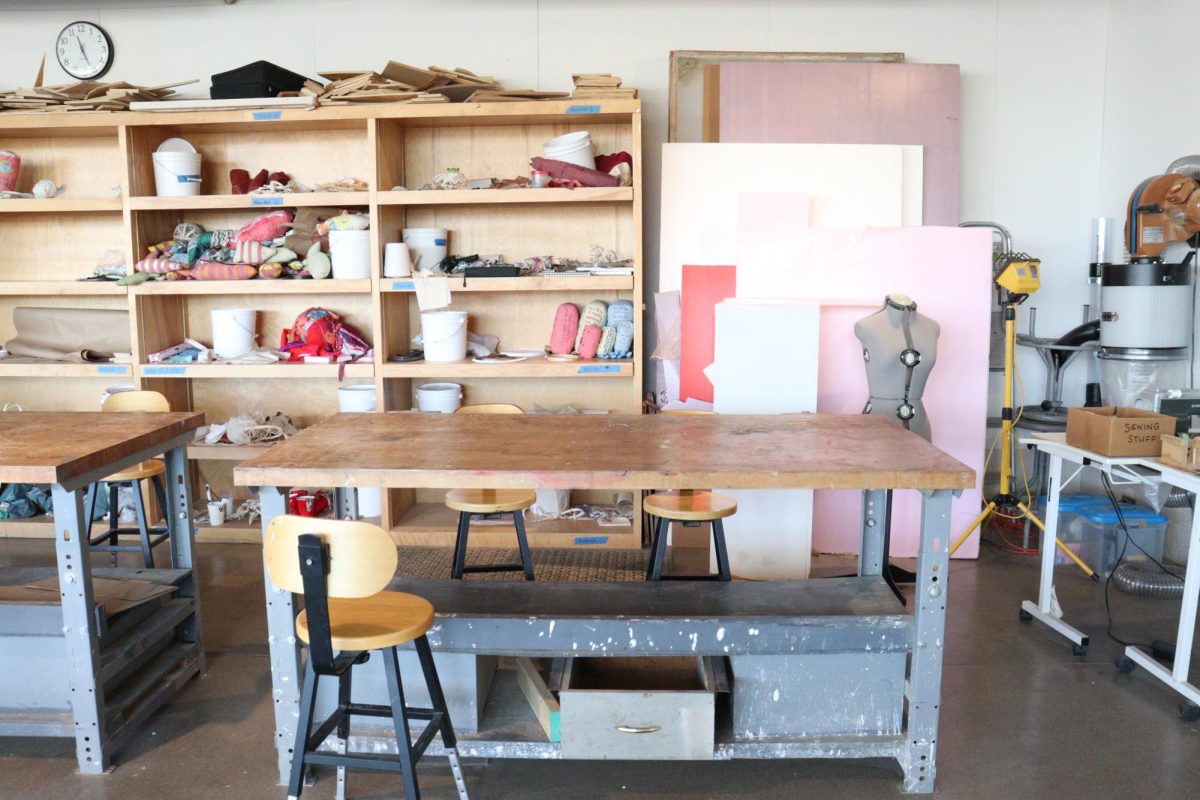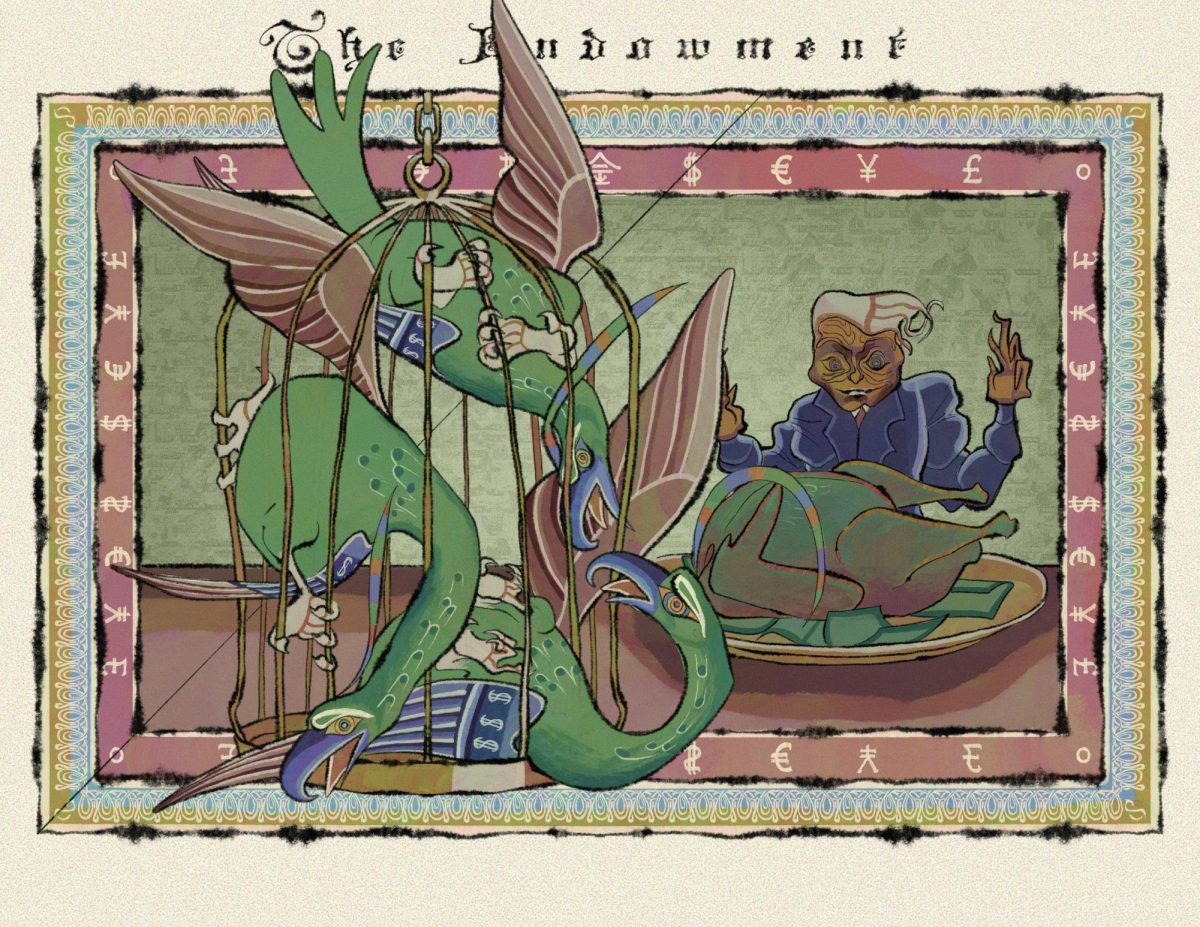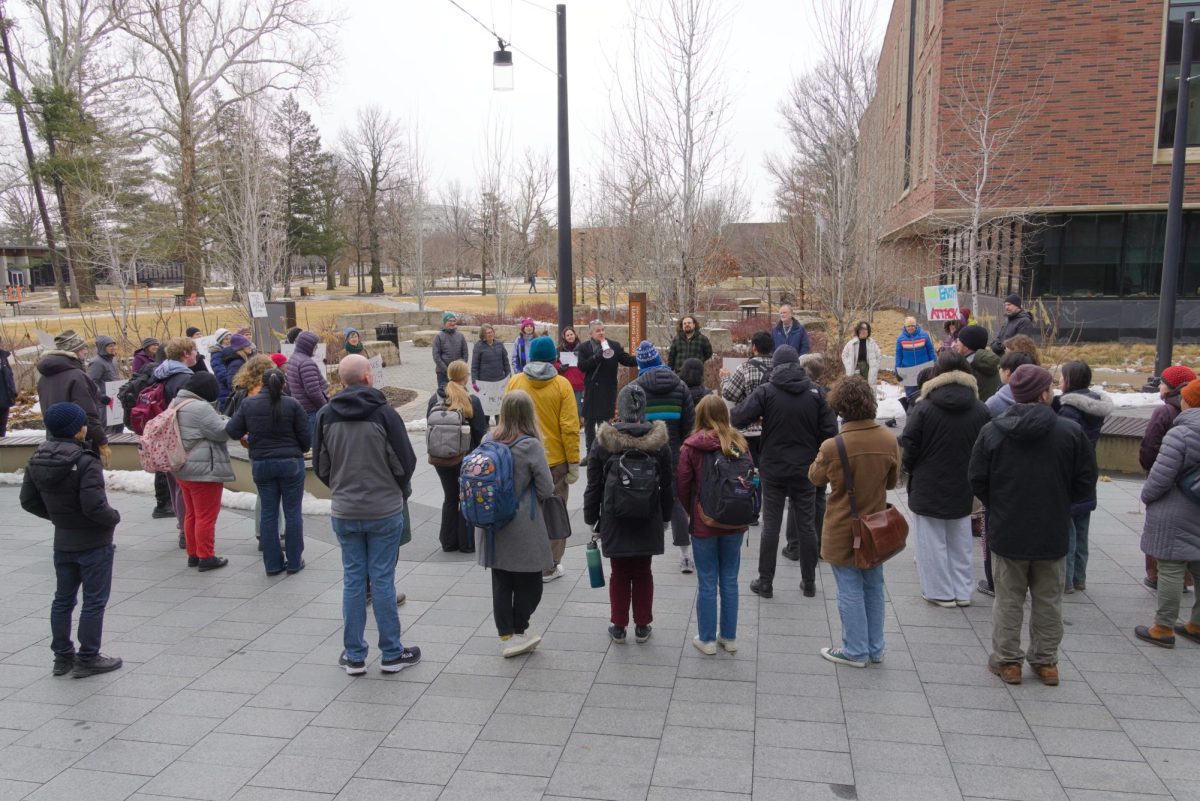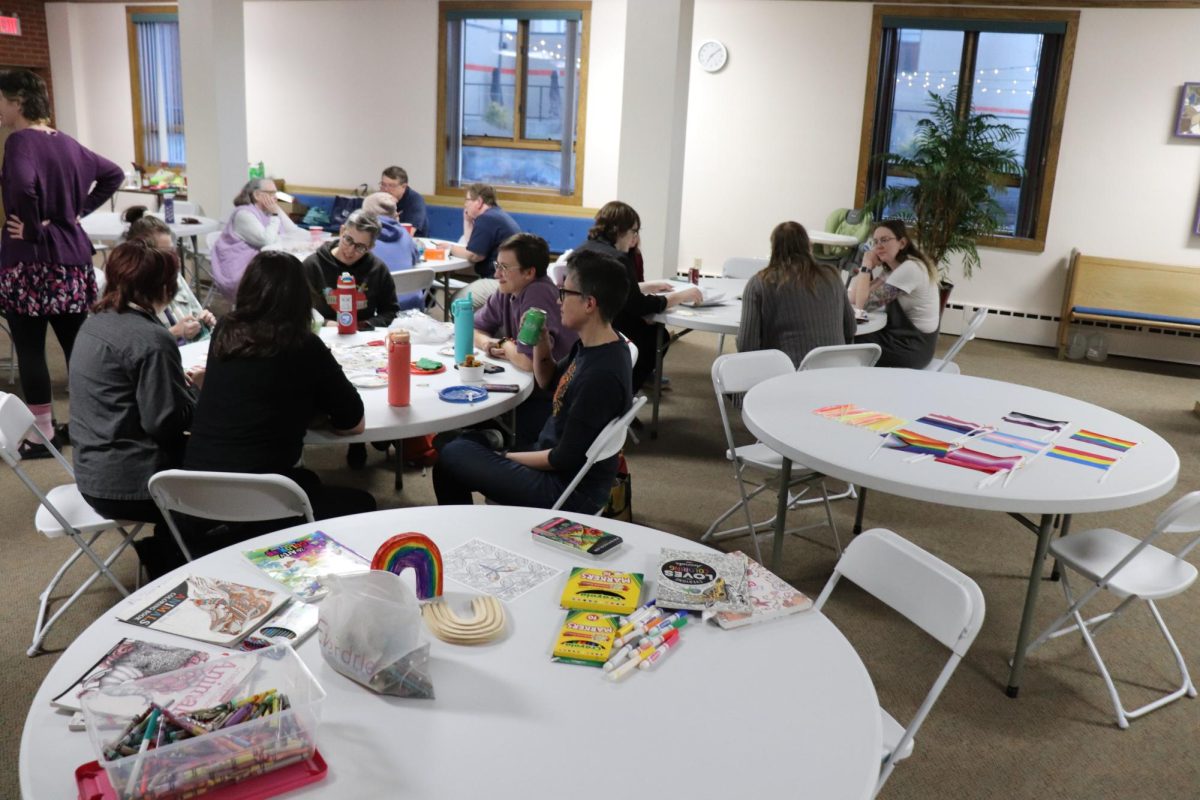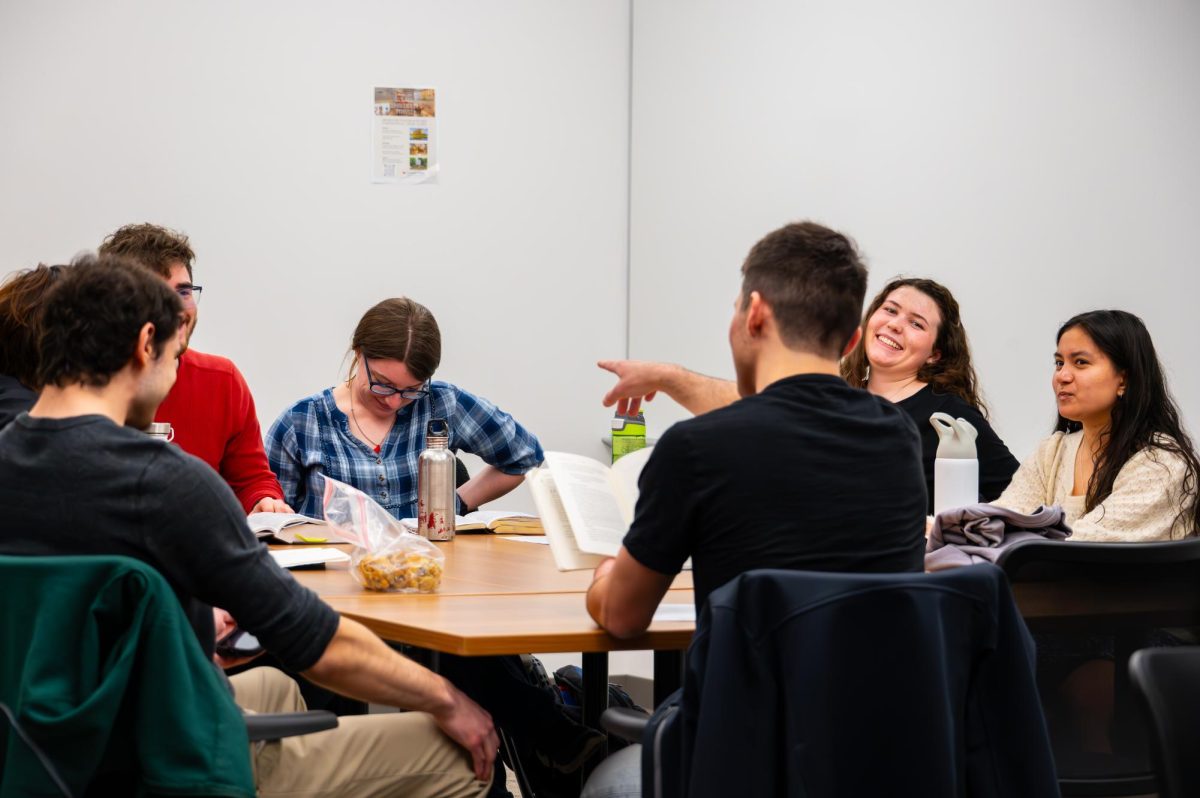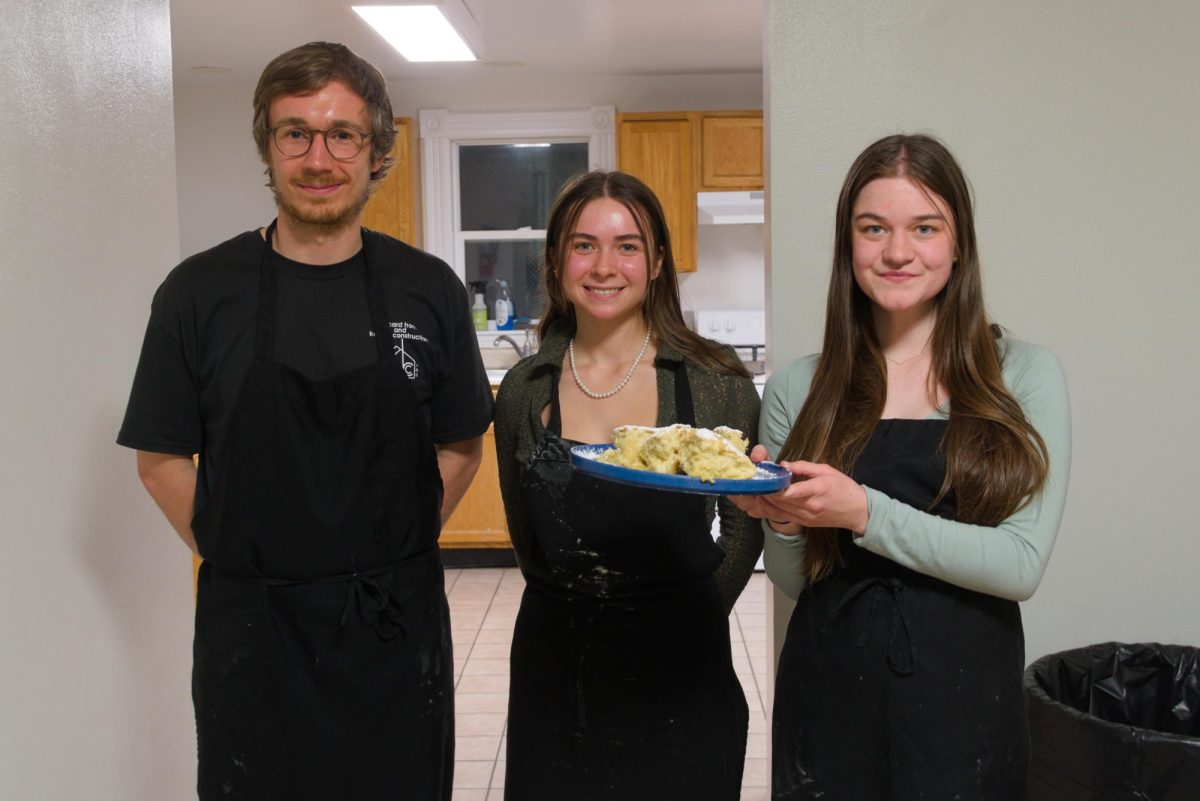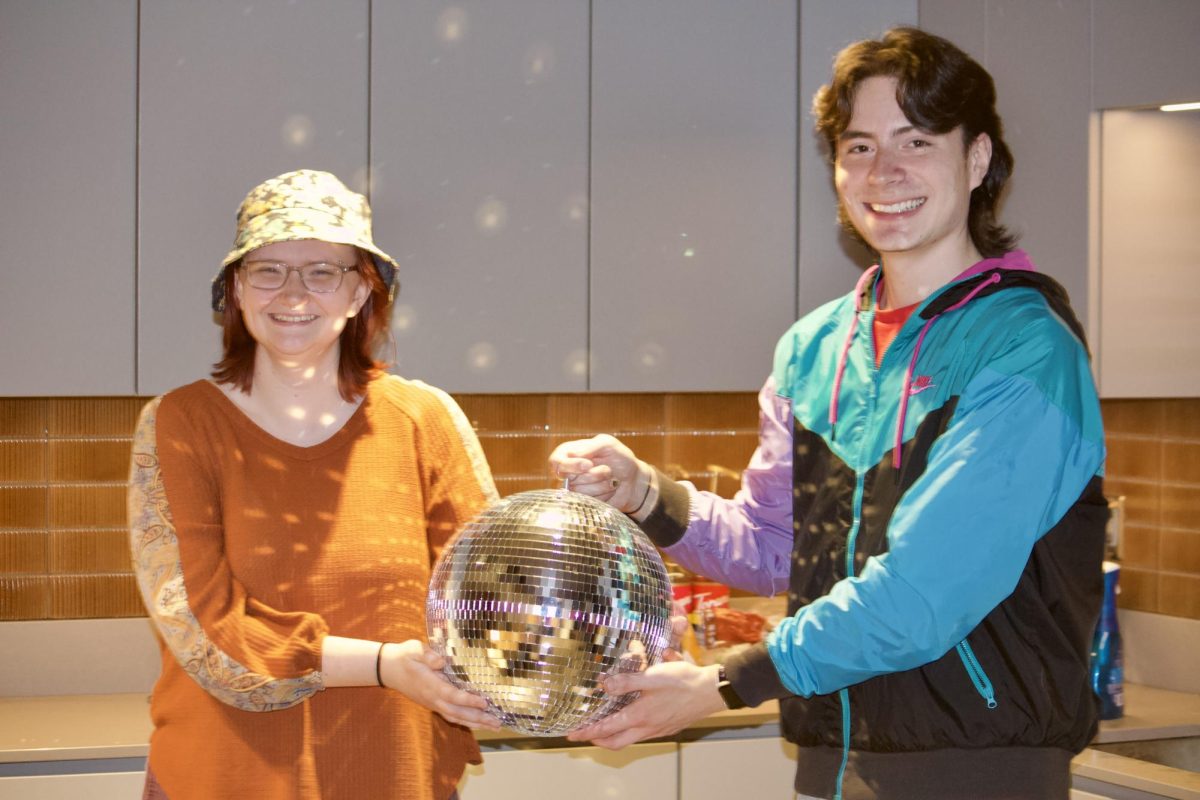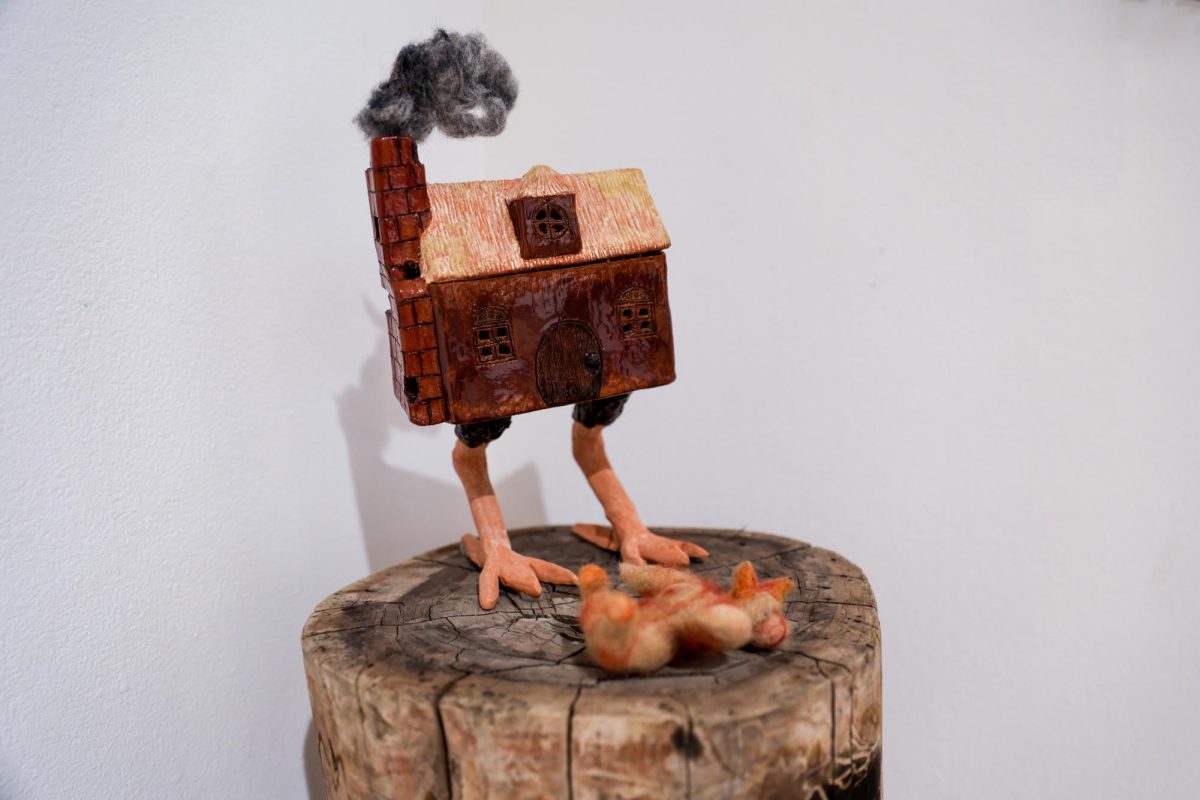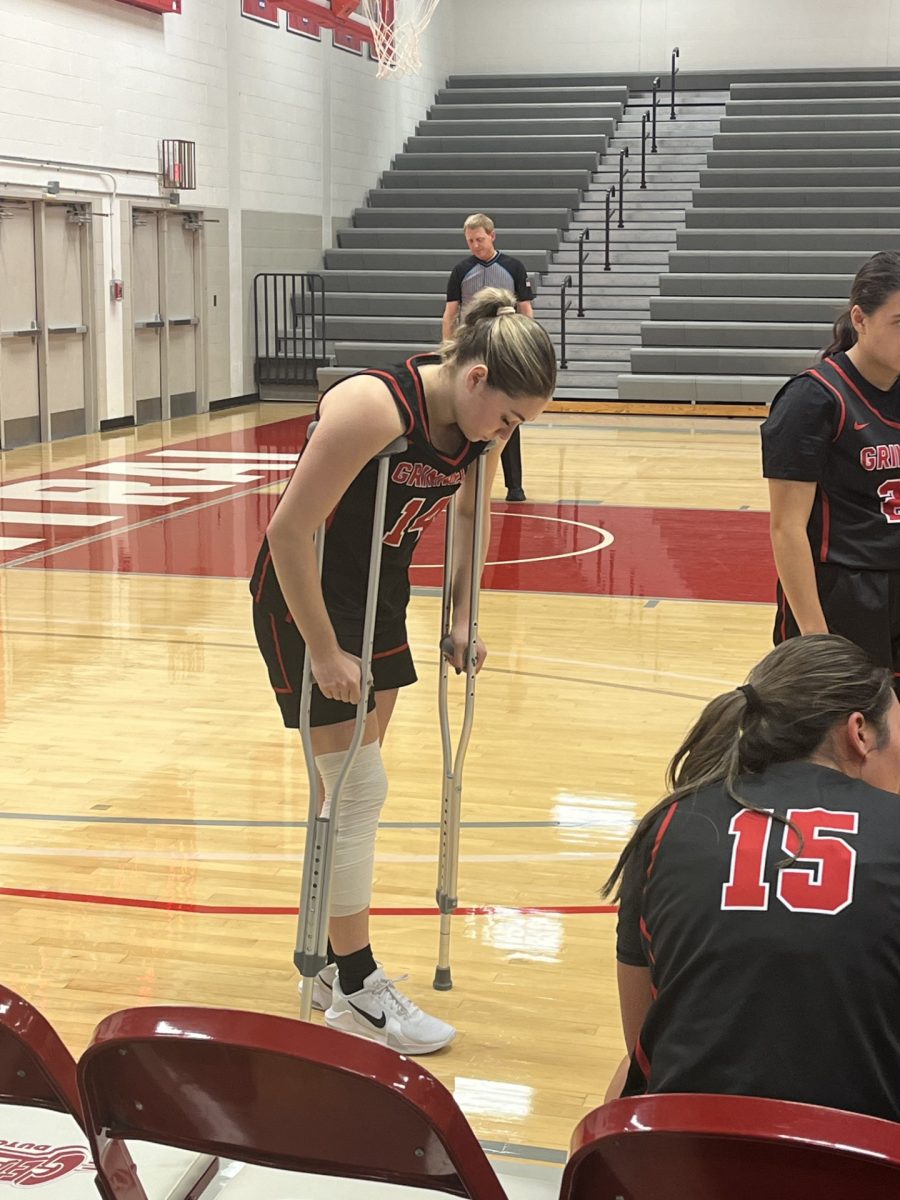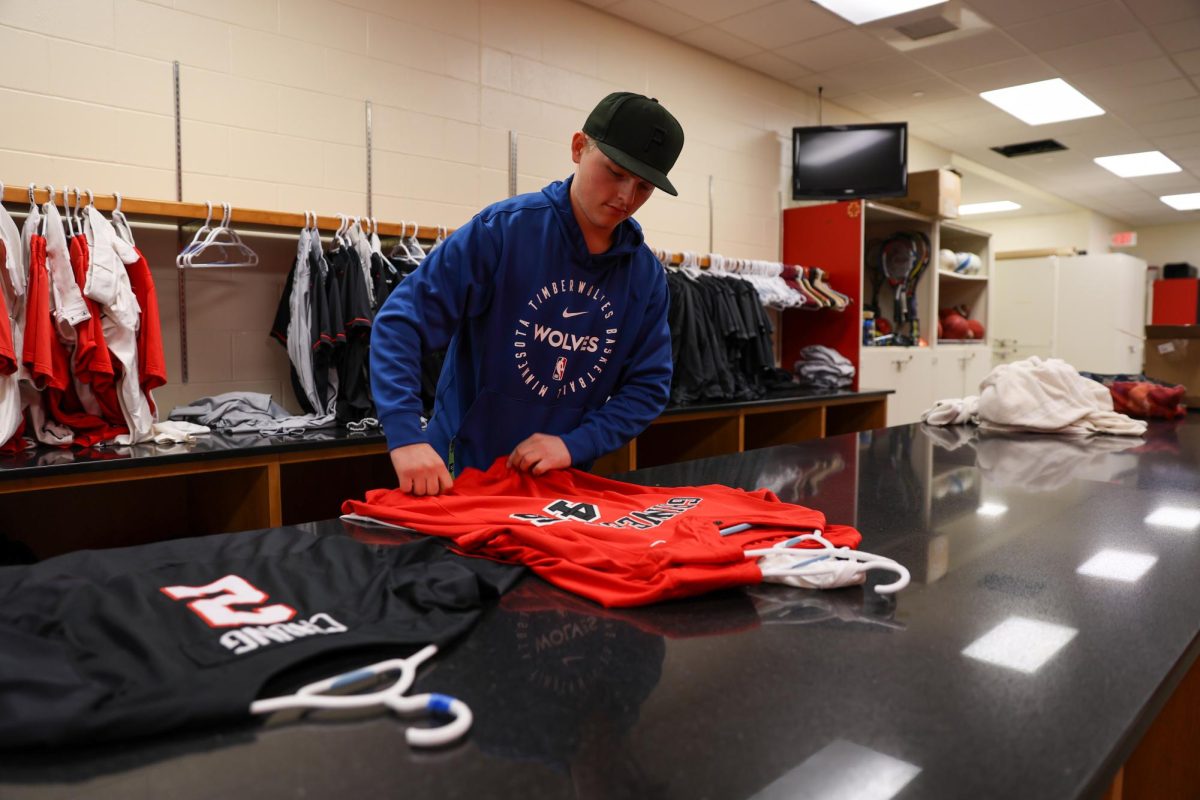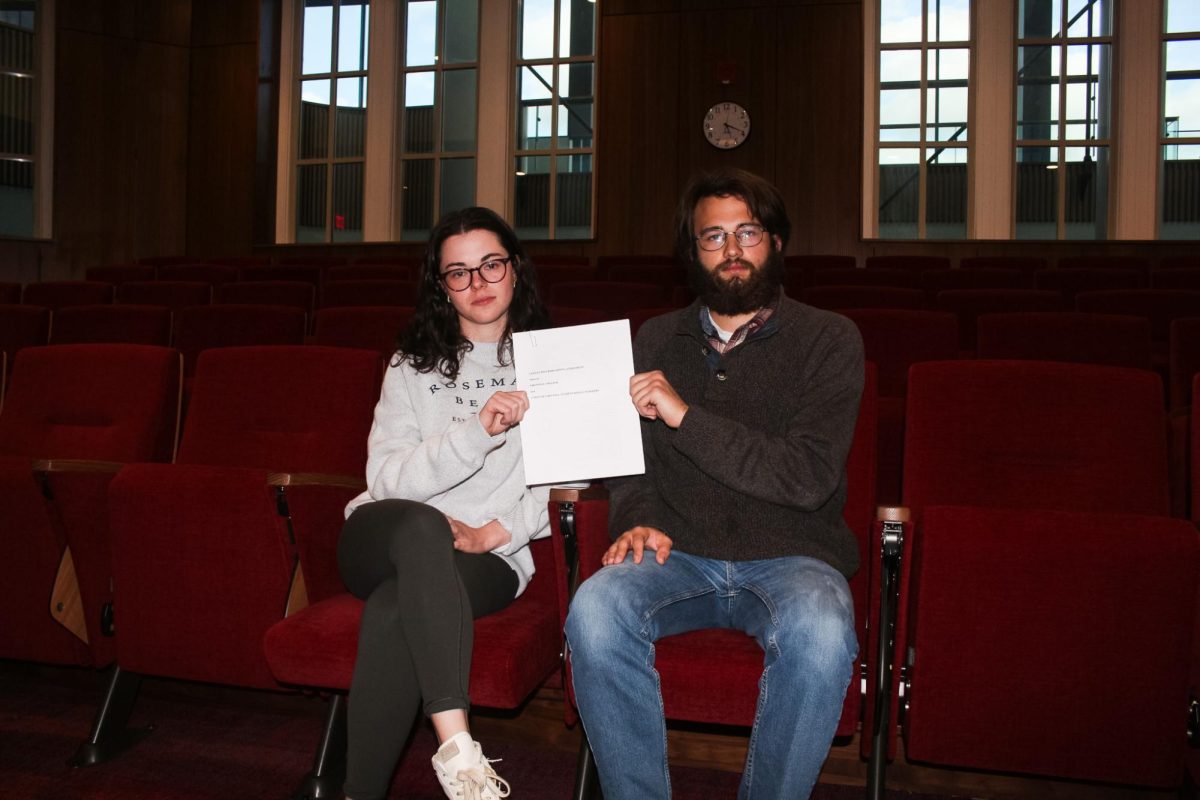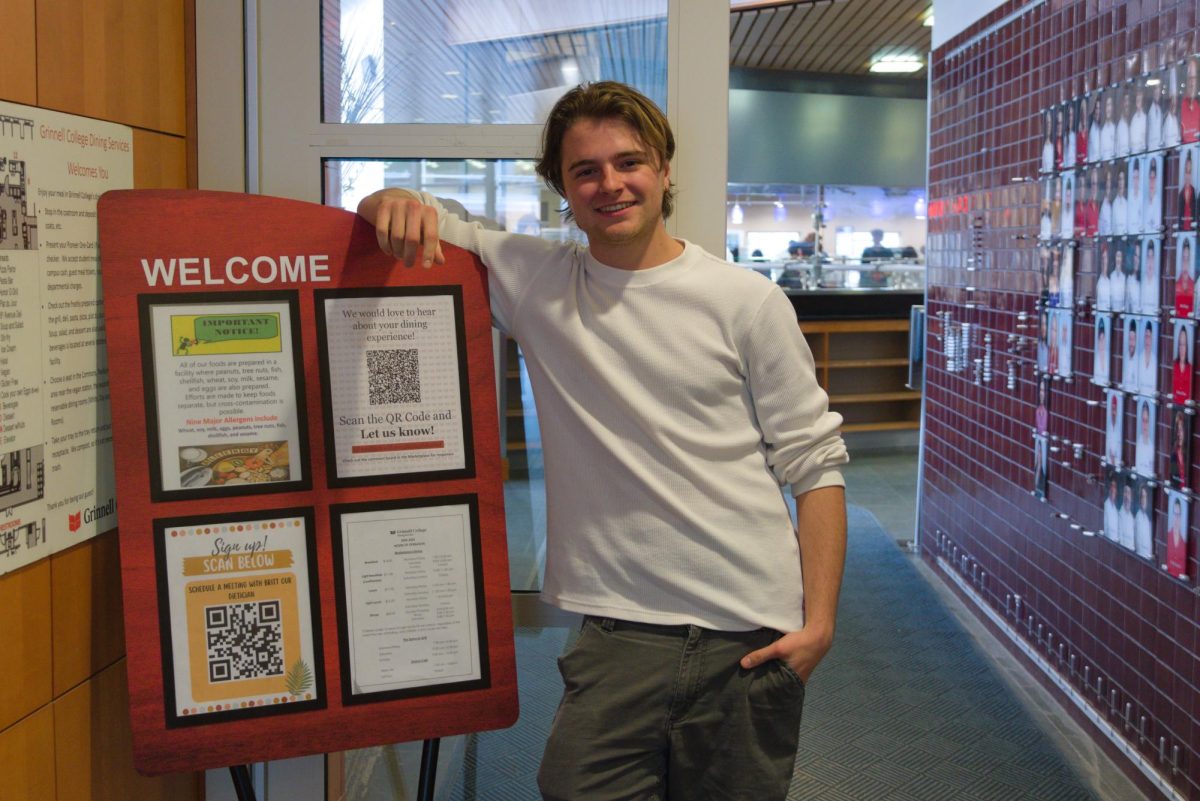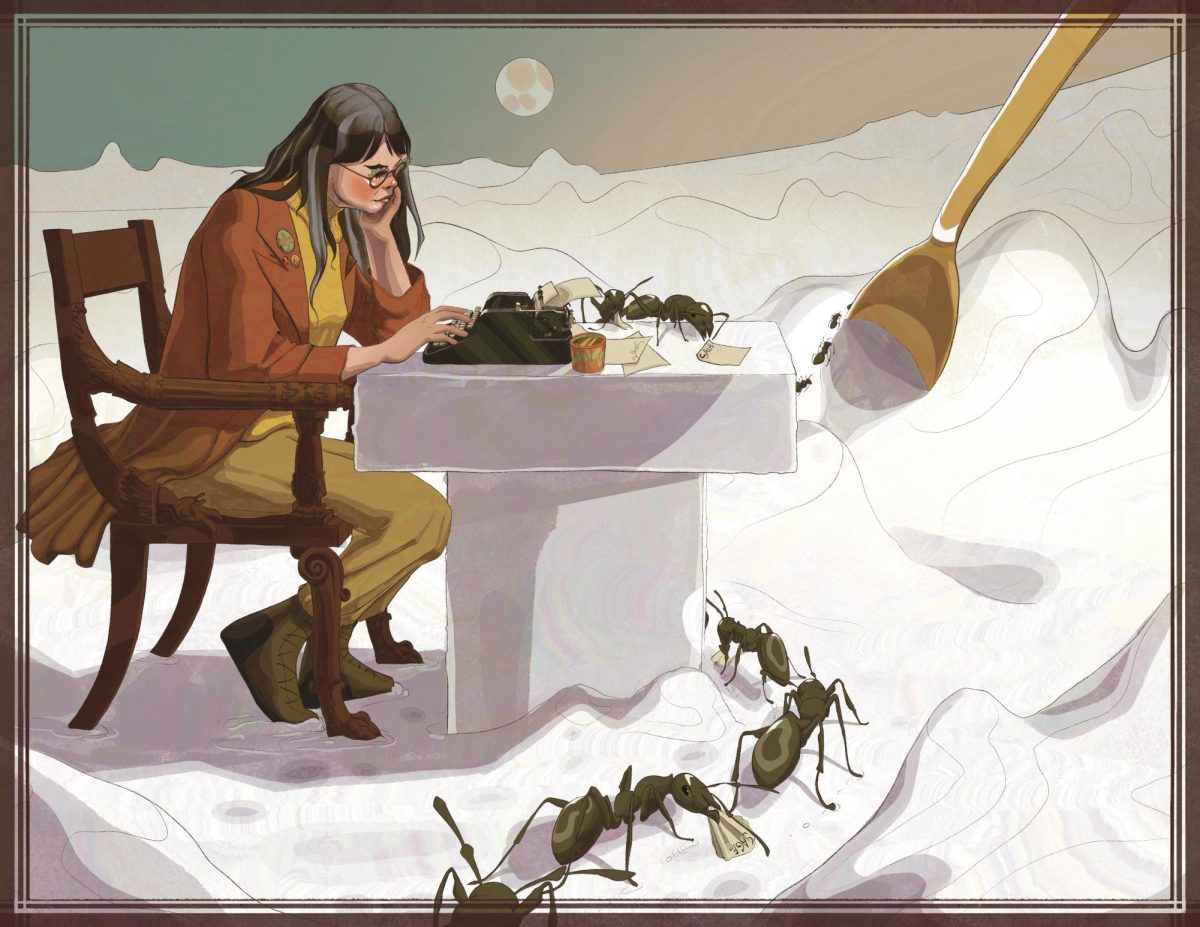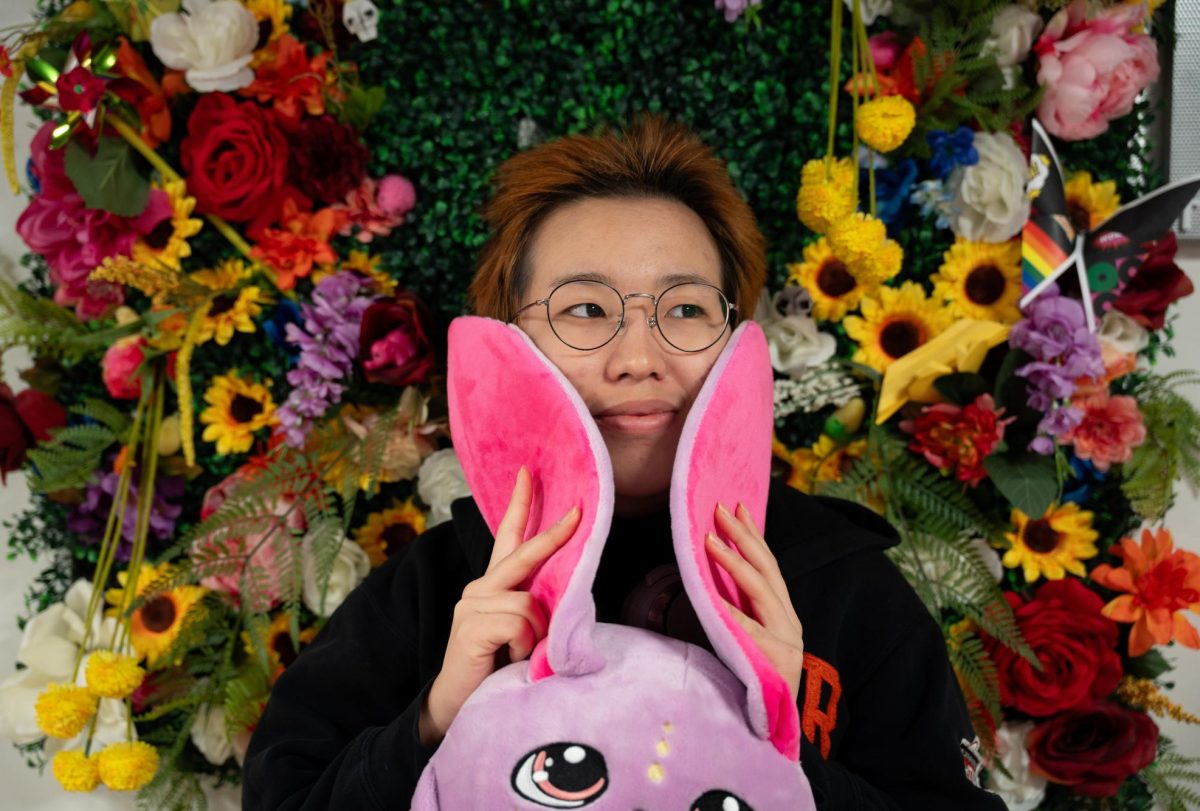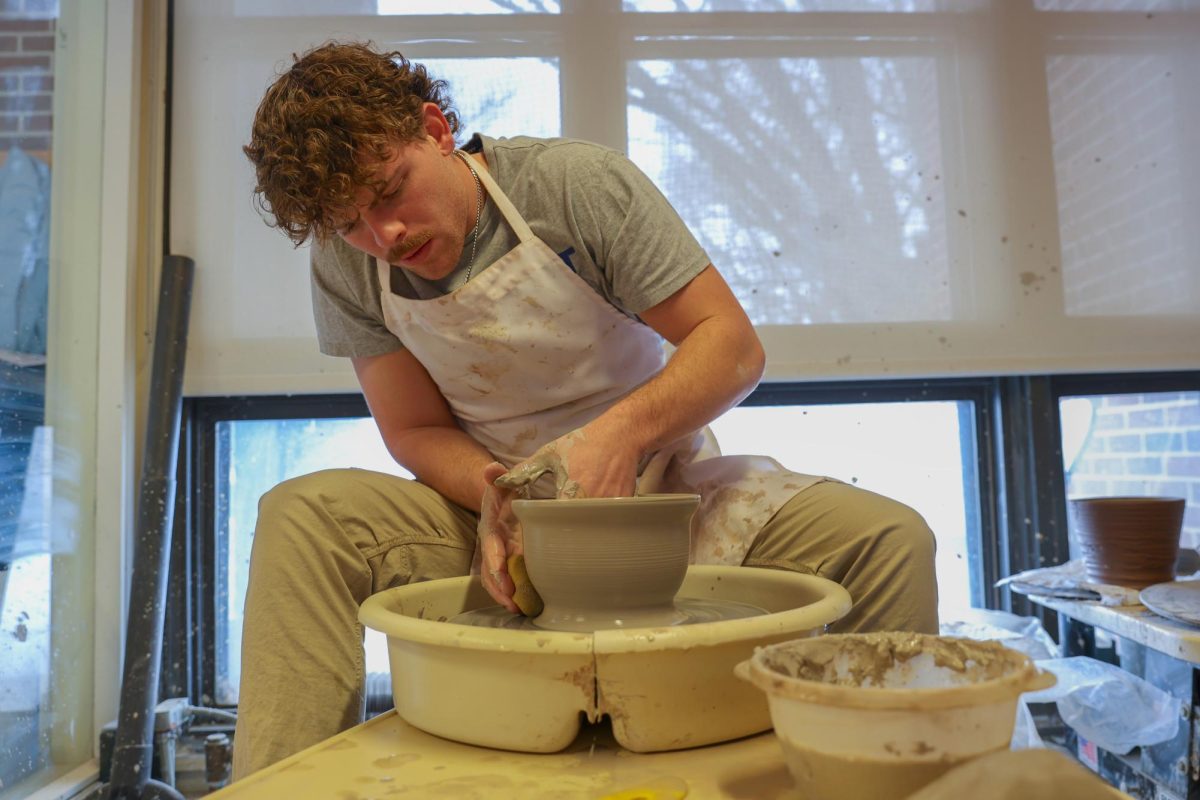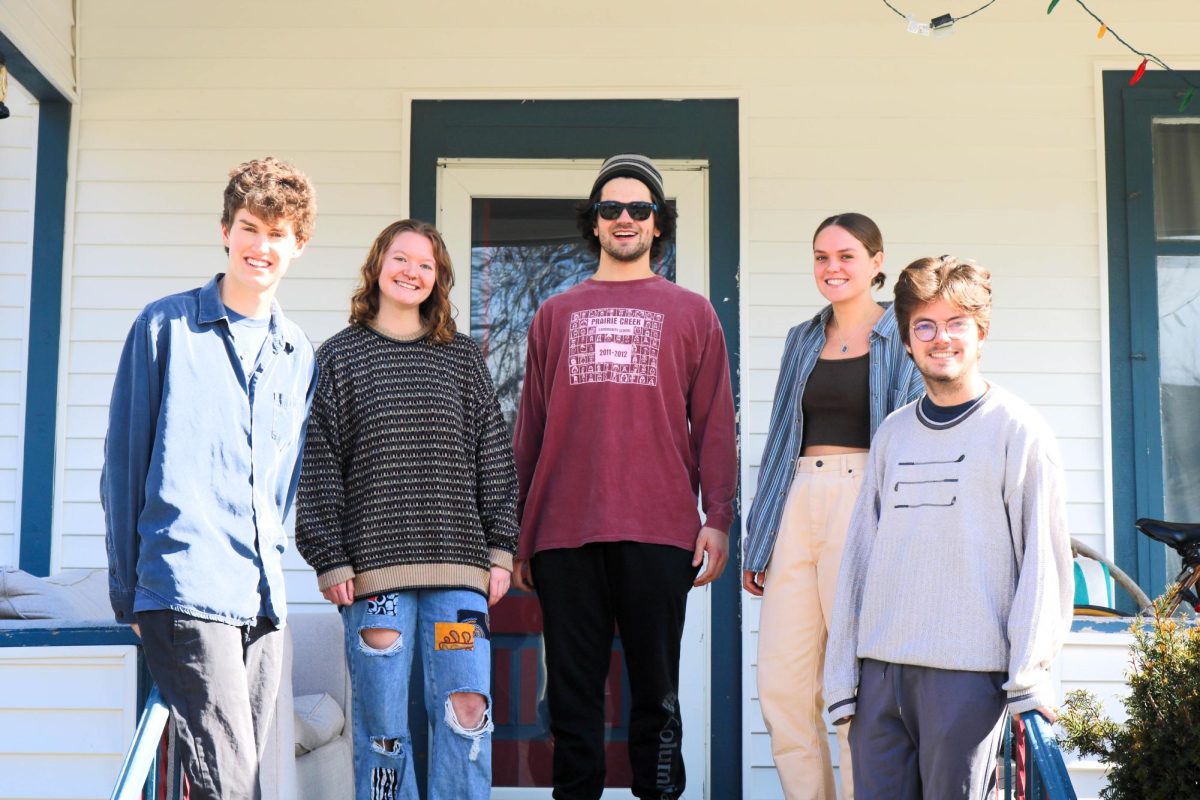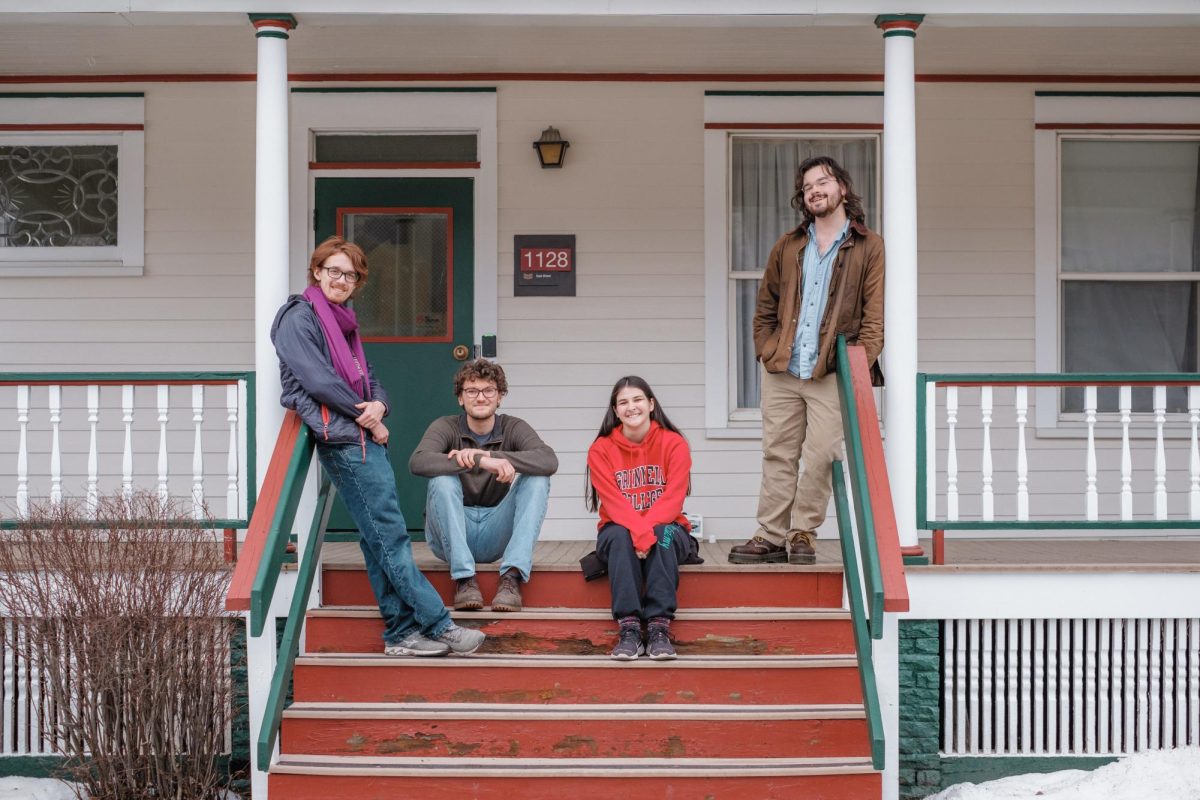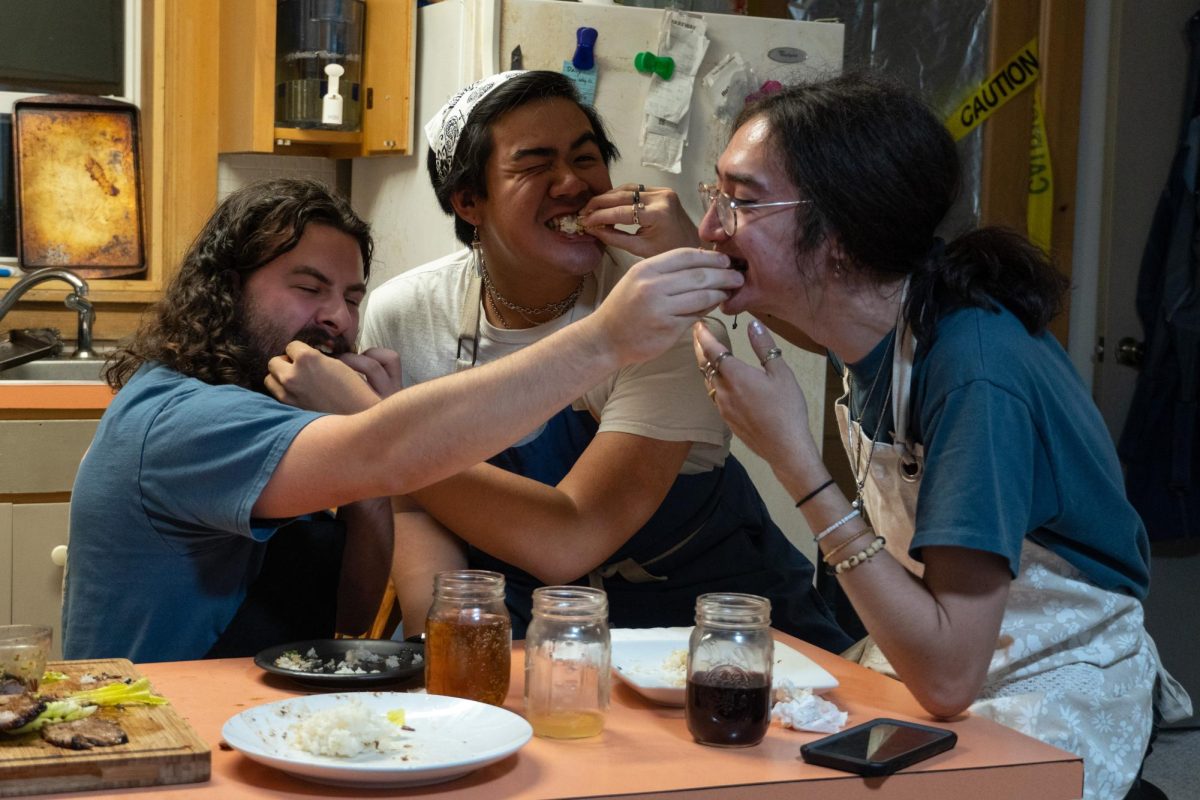Eva Lilienfeld, News Editor
lilienfe17@grinnell.edu
Sometimes students feel like they are ‘slumming’ it, but no one knows the true definition better than the residents of the former men’s cross country house, known as the $lum. Before its renovation last summer, 1027 Elm Street had been host to many generations of cross country runners and some pretty outrageous parties.
“I had my first beer here,” said Steve Yang ’17, who was present at the interview.
Consequently, the women of 1027 Elm Street — Taylor Watts, Hannah Condon, Gabby Mercado and Ruth Riedl, all ’16 — say that they did not know what they would be getting themselves into when they moved in because the landlord insisted on making all the renovations before the girls were allowed to see their new home.
“I was super skeptical because we couldn’t sign the lease until May, so we were getting to the end of the school year and really worried that we still didn’t have a place to live,” Mercado said.
They have since, however, thrown a single Halloween party and decided not to continue the $lum’s legacy as outrageous party-throwers.
“We don’t even aspire to live up to the $lum’s record,” Condon said.
“We like to call ourselves Grandma House,” Mercado noted. “Not that we don’t like to live it up on occasion, but we also really like to go to bed early. We also have a lot of ailments.”
Since moving into the house, Mercado said that she has become aware of several allergies, which has encouraged the housemates to adjust their baking recipes to cater to egg-free and gluten-free diets.
On a different note but still true to the grandma name, Condon identifies as an artist and busies herself with various projects. Unlike a stereotypical grandmother, however, she frequently incorporates bones into her projects. Last month, for example, her exhibit, “Home Grown,” in Smith Gallery meshed bones with household items.
During several of her walks during the fall semester, Condon kept noticing a dead cat that had been hit by a car.
“It was very mummified, and it had been there for two months,” Condon said. “It was very jerkified.”
Condon drew on the expertise of her housemate, Mercado, who had done a MAP with an Anthropology professor in which she de-fleshed an orangutan.
“Hannah came to me as the bone de-fleshing expert,” Mercado said.
The women then picked up the cat on the way to Walmart and kept it in a Tupperware container. Afterwards, they began de-fleshing process in their kitchen, continually looping the then-new Adele album “25” as they removed the flesh from the deceased animal.
“Adele[‘s ‘25’] had just come out, and it seemed to fit,” Riedl said. “Dramatic music, dramatic process of de-fleshing a cat.”
Condon, however, said that she felt a little squeamish about this preparation of her art materials and its interaction with another stereotypically grandparent activity: baking chocolate chip cookies.
“So I’m sitting over in the corner with a dust mask, while Ruth is getting really into it,” Condon said. “And then she pauses every once in a while to check on her cookies because she was also making the New York Times’ World’s Best Chocolate Chip Cookies.”
The next step was to soak the bones in soapy water, but many of the housemates agree that the three months the bones soaked for was too long.
“We were a little worried that our landlord was going to come and think that we had murdered a cat and were sadistically torturing and de-fleshing a cat,” Watts said.
Eventually, Watts moved the container of soapy water and cat bones to Condon’s room. Though Condon was upset by her new proximity to the de-fleshed animal, she affectionately named the cat Jimmy.
“Then finally when the weather got really nice out … I sucked it up and overcame my fear of my own art materials and dealt with the water,” she said.
Eventually Condon plans to make the cat bones into a bone dress or perhaps jewelry.
“These might go on the bone dress, but I don’t know because Jimmy is kind of special,” Condon said.
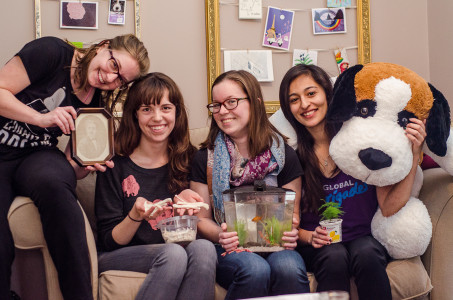
Photo by Ellen Schoenmaker.
